Aniket Jain
Understanding Fashionability: What drives sales of a style?
Jun 28, 2018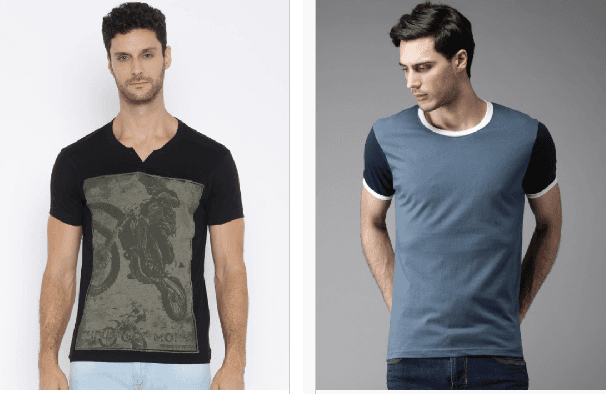
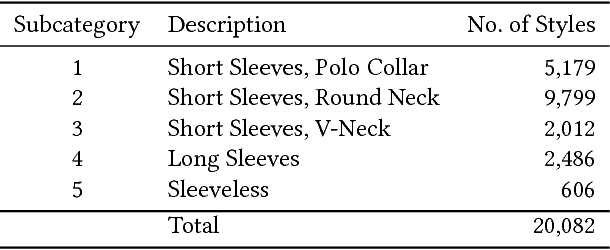
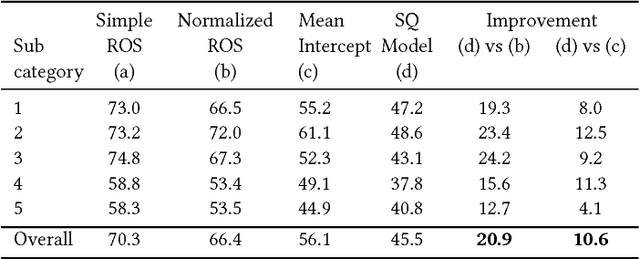
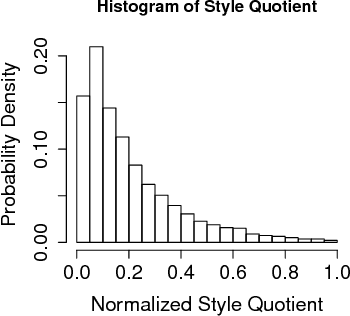
Abstract:We use customer demand data for fashion articles on Myntra, and derive a fashionability or style quotient, which represents customer demand for the stylistic content of a fashion article, decoupled with its commercials (price, offers, etc.). We demonstrate learning for assortment planning in fashion that would aim to keep a healthy mix of breadth and depth across various styles, and we show the relationship between a customer's perception of a style vs a merchandiser's catalogue of styles. We also backtest our method to calculate prediction errors in our style quotient and customer demand, and discuss various implications and findings.
Data-Driven Investigative Journalism For Connectas Dataset
Apr 23, 2018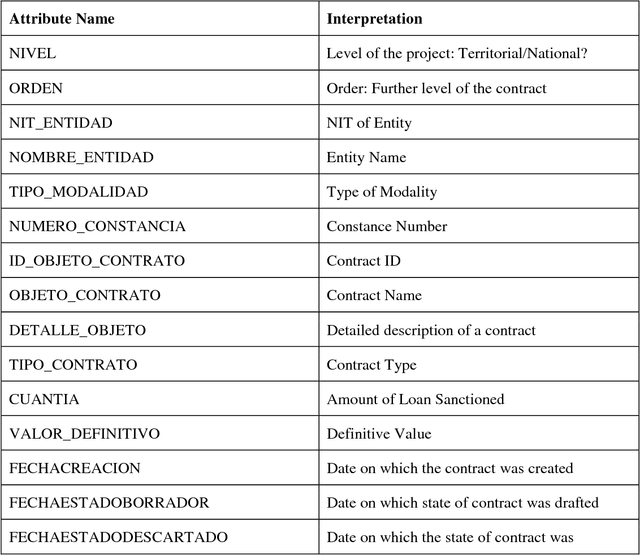
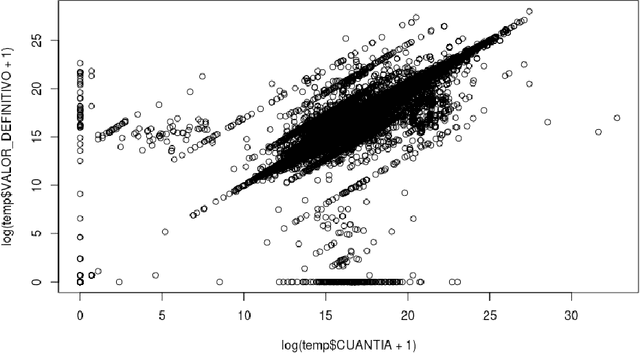
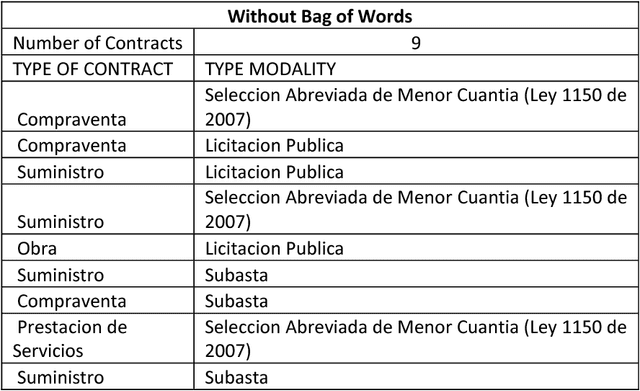

Abstract:The following paper explores the possibility of using Machine Learning algorithms to detect the cases of corruption and malpractice by governments. The dataset used by the authors contains information about several government contracts in Colombia from year 2007 to 2012. The authors begin with exploring and cleaning the data, followed by which they perform feature engineering before finally implementing Machine Learning models to detect anomalies in the given dataset.
 Add to Chrome
Add to Chrome Add to Firefox
Add to Firefox Add to Edge
Add to Edge